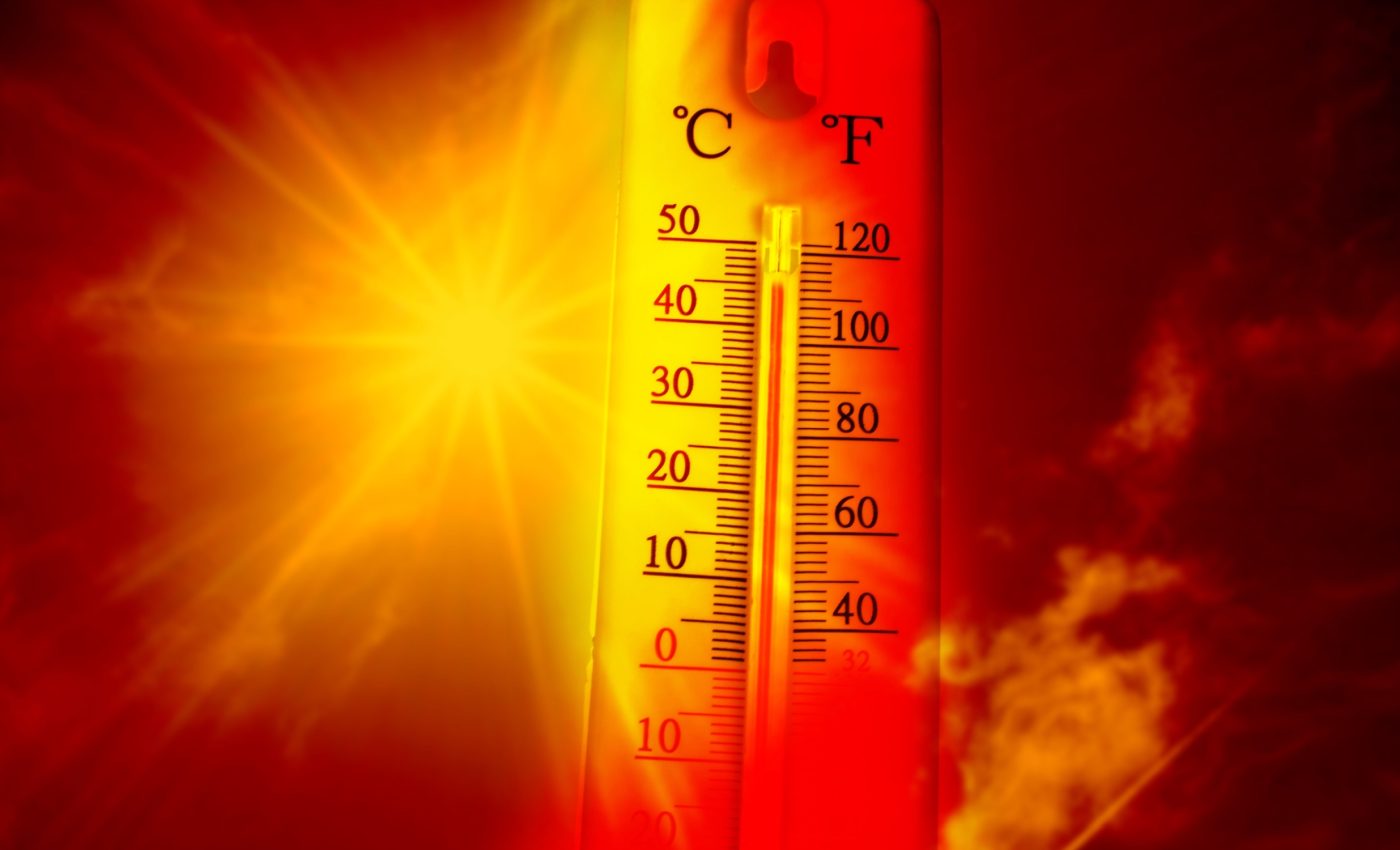
Climate change has made heatwaves more deadly
Severe weather events have become more frequent and intense globally, threatening public health significantly. Of these events, heatwaves are particularly notable for their silent but lethal effects.
Heatwaves are frequently underestimated in comparison to events that are more obviously destructive, such as hurricanes or floods.
A recent study from The University of Queensland has revealed dire trends. The researchers investigated increased exposure to heat, particularly in urban settings, as a result of the exacerbating effects of climate change.
Heatwave mortality in a hotter climate
Heat-related deaths are a rising issue globally, and climate change is a major contributing factor.
The Queensland study confirms that human-driven climate change has increased heatwave deaths by 20 percent. The findings highlight the critical need to be more proactive about addressing climate-related health threats.
Professor Nicholas Osborne, an associate in UQ School of Public Health, emphasized the value of preparedness.
“Our results suggest heatwaves with associated periods of higher mortality will occur more often than they did in the past,” said Professor Osborne.
“These higher mortality rates associated with extreme temperature heatwaves are projected to continue, and we hope our research will help communities be better prepared for heatwaves.”
Cities face highest heatwave risks
Urban areas are particularly at risk from heatwaves due to high population densities and large infrastructure like roads, buildings, and transport systems.
The UQ team examined 20 years of information on temperature and death rates throughout Australia, using the internationally accepted Heatwave Vulnerability Index.
Study lead author Patrick Amoatey said city dwellers are considerably more at risk when there is severe heat.
“We used an index mapping tool to assess how human populations will fare under a range of heat scenarios,” related Amoatey. “We found the Heatwave Vulnerability Index, frequently used in other countries, could reliably predict heatwave-related deaths in Australia.”
Who is most vulnerable?
Based on a detailed data analysis of over 2,000 suburbs, the researchers were able to identify certain factors that greatly elevated vulnerability.
Urban dwellers with lower incomes, less education, diabetes, and limited healthcare access were especially vulnerable to heat surges.
Australia’s capital cities, which are home to about 70% of the country’s population, have a high concentration of residents with these risk factors.
Recognizing the heat island effect
One major contributor to increased risks in urban centers is the “heat island effect,” in which cities store and absorb heat more than outlying or rural areas.
“We believe the risk is higher in cities because of the ‘heat island effect,’ as there are more heat-absorbing surfaces like roads, buildings, and railway lines,” said Amoatey.
The heat island effect intensifies temperature extremes and significantly affects residents’ health during heatwaves. Understanding this effect is crucial for urban planning and developing strategies to prevent heat-related fatalities.
Global heatwave responses
Amoatey emphasized the successful implementation of the Heatwave Vulnerability Index. In London, the index effectively predicted increases in ambulance calls and death rates during heat surges.
“This is helpful for health authorities and something we could use in Australia,” said Amoatey.
Incorporating the heatwave index into current frameworks would substantially improve community preparedness and resilience, while delivering real-time intelligence to health authorities.
Impact of climate change in Australia
A study by UQ and Australian National University researchers found a link between climate change and deaths during the 2009 heatwave in southeastern Australia.
The disaster was estimated to have caused 374 excess fatalities as temperatures hit a record 12-15 degrees above the average.
“Human-induced climate change had increased the excess heatwave-related mortality in the 2009 event by 20%. These findings were in line with other research that shows heat-related deaths are increasing due to human-induced climate change,” Dr. Osborne noted.
Preparedness for future events
In light of these alarming trends, experts call for urgent health infrastructure and workforce preparedness.
“From a public health perspective, our studies and further research can provide guidance on the need for adequate health infrastructure and workforce that might be needed to cope with higher demand for health services during heatwaves,” said Dr. Osborne.
Preparation could greatly lower future mortality rates and enhance community resilience against unavoidable climate-related issues in the future.
The Heatwave Vulnerability Index study appears in Environmental Impact Assessment Review, while the climate change and mortality study is published in Environmental Research: Climate.
—–
Like what you read? Subscribe to our newsletter for engaging articles, exclusive content, and the latest updates.
Check us out on EarthSnap, a free app brought to you by Eric Ralls and Earth.com.
—–













